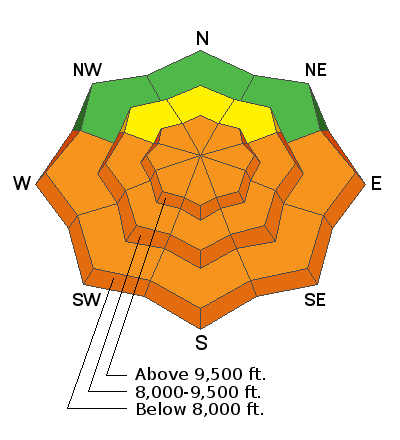Forecast for the Salt Lake Area Mountains

Issued by Drew Hardesty on
Friday morning, April 17, 2020
Friday morning, April 17, 2020
Today has avalanche accident written all over it.
Areas of CONSIDERABLE avalanche danger exist primarily in upper elevation northwest through east facing slopes. Human triggered avalanches 10-20" deep and up to 250' wide are probable on many steep slopes and some may be triggered at a distance. The danger for wet avalanches will rise to CONSIDERABLE on all steep sun exposed slopes today.
Remember that slope angle is the great equalizer. Low angle slopes continue to ride well. Low Risk High Reward.

Low
Moderate
Considerable
High
Extreme
Learn how to read the forecast here







